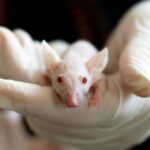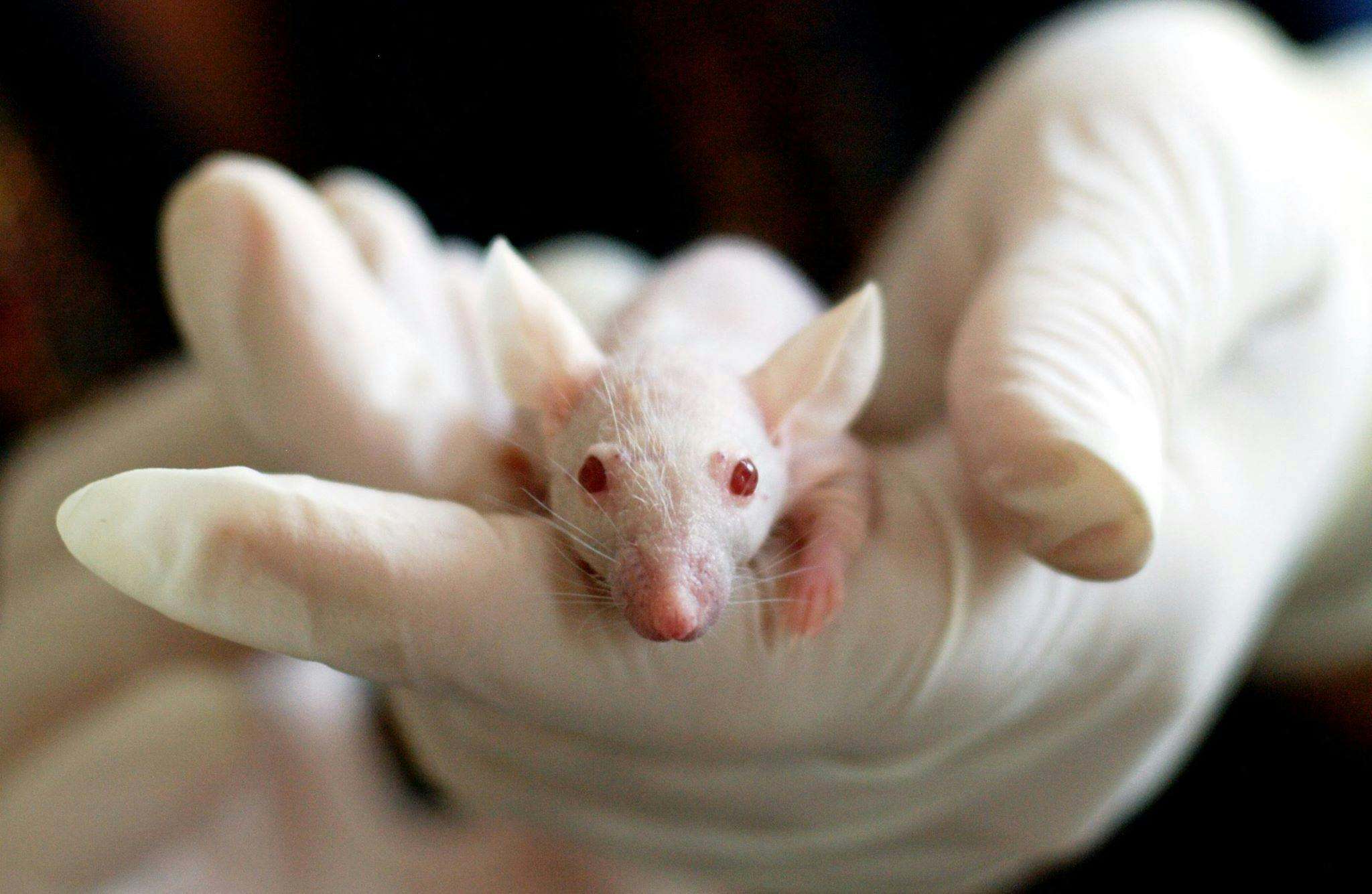
The UK is taking a bold and historic step: it is seeking to end animal testing.
The government has just unveiled a sweeping roadmap that aims to reduce the use of animals in important safety tests by at least 35% by 2030. This ambitious strategy It has two main drivers. The first is animal welfare, to reduce the suffering of millions of animals. The second is a call for researchers and industries to adopt cutting-edge alternatives.
The proposal, backed by nearly $100 million in funding, seeks to develop and accelerate breakthrough technologies such as organ systems-on-a-chip, 3D-printed biotissues, and artificial intelligence-powered simulations. But not everyone is convinced.
Non-animal testing
For decades, animal testing has been the foundation of medical research. Scientists use animals for everything from testing the safety of a product to studying how a complex disease progresses. Globally, estimates suggest that more than 100 million animals are used for research each year, and that figure is almost certainly an underestimate, as there is no single global database.
While “Not Tested on Animals” has become a badge of honor for cosmetic brands, giving up animals in medical research is infinitely more difficult.
Until now, that is. New technologies finally offer a viable way out and the UK government is ready to push.
“No one in our country of animal lovers wants to see suffering and our plan will support work to end animal testing wherever possible and develop alternatives as soon as it is safe and effective to do so,” says Lord Vallance, Minister for Science.
This is a roadmap that will ensure that government, businesses and animal welfare groups can work together to find alternatives to animal testing more quickly and effectively.

Can this work?
The new strategy will rely heavily on technologies such as “organs on a chip.”
These are small, transparent devices, often no larger than a USB drive, lined with living human cells that mimic our organs. Scientists can pump a blood-like liquid through microchannels to see exactly how a new drug interacts with the human liver, lungs or heart, providing incredibly precise and human-relevant data.
Then there is AI. Now, powerful simulations can analyze massive databases to predict the toxicity of a chemical without involving a single mouse. Add in 3D bioprinting, which literally builds models of human tissue for testing, and you suddenly have a powerful, humane toolset.
Together, all of these approaches (and more) can replace many of the tests currently performed in animals.
The roadmap is practical. By 2025, their goal is to completely eliminate specific procedures, such as pyrogen testing for drugs (currently performed on rabbits), replacing them with tests on human immune cells grown in a dish.
Some researchers have praised this ambition.
“This is a very welcome announcement,” says Professor Julie Gough, Professor of Biomaterials and Tissue Engineering at the University of Manchester. “Alternative methodologies are being developed around the world that are much more relevant to humans. They have great potential to significantly replace animal testing and also the use of animal-derived reagents in scientific research. While some areas will be more replaceable than others, it will still take many years for these new methods to be fully adopted. Once solid scientific evidence is collected, many procedures can be replaced.”
However, others remain skeptical. Professor John Martin, Professor of Cardiovascular Medicine at University College London (UCL), commented bluntly:
“Animal testing will always be necessary in the advancement of medical science for the sake of patients. For example, heart transplantation is now a success. However, no patient would have agreed to undergo the first heart transplant unless it had first been proven safe in animals.”
Reduce, don’t eliminate
Several notable researchers commented in the decision. Some have been more supportive, others less. But no one seems to claim that we can completely eliminate animal testing. Rather, the goal appears to be to reduce, rather than eliminate, these tests.
Professor Mary Ryan, Vice-Chancellor for Research and Enterprise at Imperial College London, is part of a dedicated center at the university that promotes alternative methodologies and trains researchers to work with them. However, she also admitted that some medical advances still depend on animal research.
“When it comes to alleviating human suffering, such as neurodegenerative diseases or incurable diseases in children, science can and must intervene with all the ethical tools at our disposal.”
For many members of the scientific community, the key will be finding a balanced approach that embraces new technologies while respecting the need for animal models in areas where they are still irreplaceable.
“We support the Government’s scientific approach, recognizing that where alternatives cannot yet reliably or safely replace animal models, strictly regulated animal research will continue to be necessary for the foreseeable future alongside the increasing use of alternatives,” concludes Doug Brown FRSB, chief executive of the Royal Society of Biology.
#unveiled #plan #phase #animal #testing #believes #work










